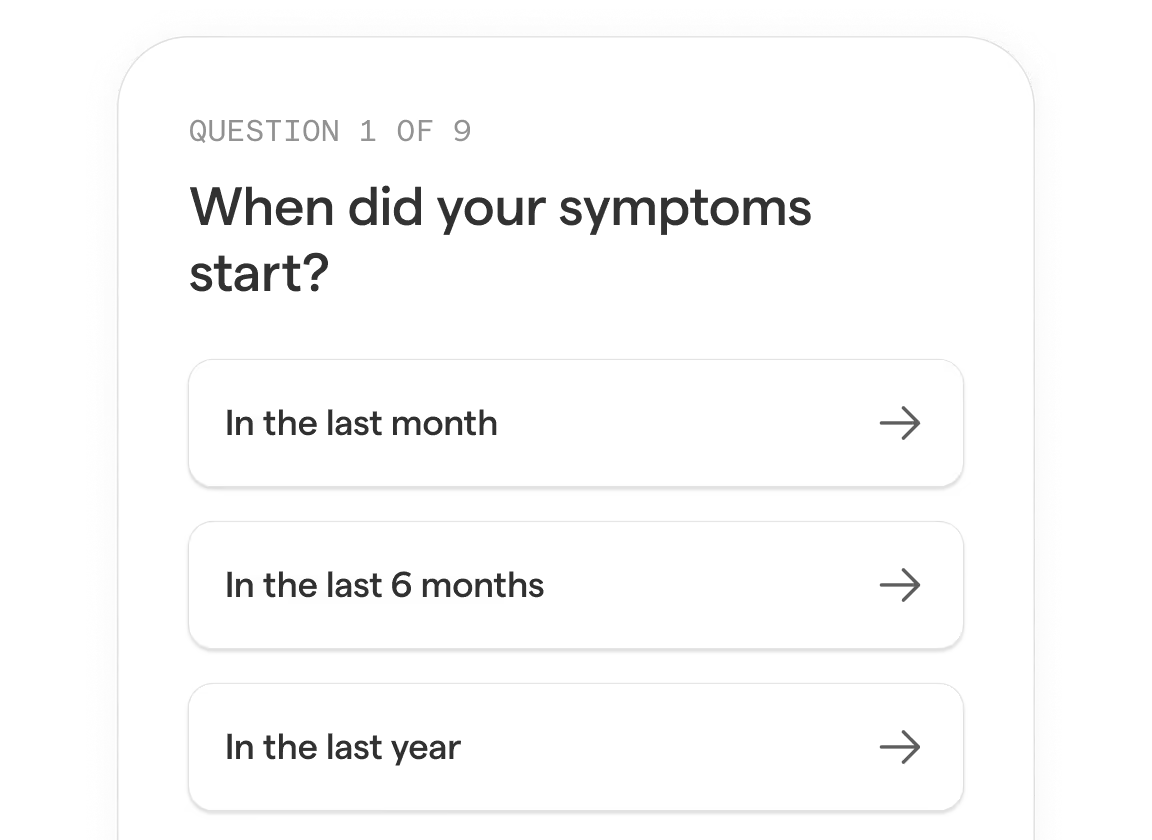Estring is a vaginal estrogen insert (also called a ring), which is used to treat postmenopausal vaginal and urinary symptoms that are associated with being estrogen deficient.
For people that still have intact uteri, Estring may be recommended for use alongside progestin therapy. This is done to reduce the risk of endometrial hyperplasia (overgrowth of the lining of the uterus) from occurring.
For more resources, including a full list of the risks and benefits of Estring, please review the product monograph.
During menopause and postmenopause the body naturally produces less estrogen. In some cases, estrogen production may even cease.
Estring works by helping to replace that missing estrogen from the body. In turn, this helps reduce the symptoms associated with postmenopause.
The ring that is inserted into the vagina releases estradiol at an even, stable rate to help maintain consistent hormone levels in the patient’s body.
What is Estring® used to treat?
Estring is indicated for use as a method for treating symptoms associated with postmenopause in women with low estrogen levels.
Estring is also used in tandem with progestin to help prevent overgrowth of the lining of the uterus (endometrial hyperplasia), in women that still have an intact uterus.
Estring can be inserted by the patient into the vagina. This can be done by the patient themselves, or if needed, by their healthcare professional. Estring is meant to be worn continuously for 90 day cycles.
There will be instructions provided alongside your prescription, which will show you how to correctly insert the ring. Be sure to follow these instructions as closely as possible, since they will ensure your ring is inserted safely and effectively.
Most Estring users and their partners do not experience discomfort during intercourse, so it is not necessary that the ring be removed. If Estring should cause you or your partner discomfort, you may remove it before intercourse.
It’s important to note that Estring the maximum length of continuous usage for Estring is 2 years. After that point, your practitioner may need to suggest an alternative medication to continue your treatment plan.
How long does Estring® last after you take it?
The most common side effects that can occur when taking Estring include:
- Vaginal bleeding/spotting
- Headache
- Vaginal discharge
- Urogenital itching
- Vaginal discomfortHeadaches
- Breast tenderness or enlargement
- Swelling of the legs
- Spotty darkening of the skin (melasma)
Other possible side effects include:
- Toxic shock syndrome
- Adherence to the vagina, making removal difficult
- Blockage of the bowel
- Vaginal erosion/ulceration
If these side effects become severe or you start to experience any symptoms of toxic shock syndrome or a blocked bowel, be sure to talk to your healthcare practitioner right away. They may be able to suggest an alternative medication that may work better for you.
MHT is the most effective treatment for menopausal symptoms and has been shown to prevent bone loss.
In menopausal women who start appropriately-dosed MHT prior to age 60 OR within 10 years of their last period, the health benefits outweigh the risks.
Risks of MHT are considered very rare (~1 case per 1000 to 10,000 women on MHT per year) and may include:
- risks of stroke or blood clots in legs or lungs with oral estrogen (much lower risk with estrogen gel or patch)
- risks of dementia in women older than 65 years,
- risk of breast cancer (less than ~1 case per 1000 women on MHT per year)
These conditions are all rare, but they highlight the importance of having a full discussion with your healthcare practitioner; especially if you’re experiencing moderate to severe side effects.
Individualization is key, and your MHT treatment plan should be reassessed (at least) once a year to monitor your health, as well as ensure that you are on the correct dosage and formulation. Your practitioner can help you find balance between treating your symptoms safely, and avoiding increased risks.
There are certain people that shouldn’t use Estring, including:
- People with a history or family history of breast or endometrial cancers
- People that have been diagnosed with hyperplasia (overgrowth of the lining of the uterus)
- People that have experience undiagnosed or abnormal genital bleeding
- People with liver disease
- People that have or have had blood clotting disorders
- People are pregnant or believe they may be pregnant
- People that are breastfeeding
- People that have had a stroke, heart attack, or coronary artery disease
- People that have or have had porphyria (a blood pigment disease)
- People with certain types of congenital coagulation abnormalities (i.e. protein C, protein S, or antithrombin deficiency)
- People that have an allergy or intolerance to estradiol or any of the other ingredients in Estring
In addition to these people, there are others that should be cautious about taking Estring. Talk to your healthcare practitioner before starting Estring if you:
- Have a history of allergies or intolerances to any other medications or substances
- Have a history of breast disease, breast biopsies, or a family history of breast cancer
- Have experienced any unusual or undiagnosed vaginal bleeding
- Have a history of uterine fibroids or endometriosis
- Have a history of liver disease or jaundice
- Have experienced itching related to estrogen use or during pregnancy
- Have a history of migraines
- Have a history of high blood pressure
- Have a personal or family history of blood clots
- Have a personal history of heart disease or stroke
- Have a history of kidney disease, asthma, or epilepsy
- Have diabetes
- Are pregnant or may be pregnant
- Are breastfeeding
- Have or may have a vaginal infection
- Smoke
- Have been diagnosed with a rare disorder, where you have a deficiency of enzymes involved in the production of heme (porphyria)
- Have a history of bone disease
- Have had a hysterectomy
- Have a family history of angioedema
If any of these conditions apply to you, your healthcare practitioner may suggest an alternative medication that could work better for you.
Please note, if you have any x-ray procedures of the lower abdominal tract the Estring should be removed, as the barium sulfate core is visible on x-ray.
Further reading









